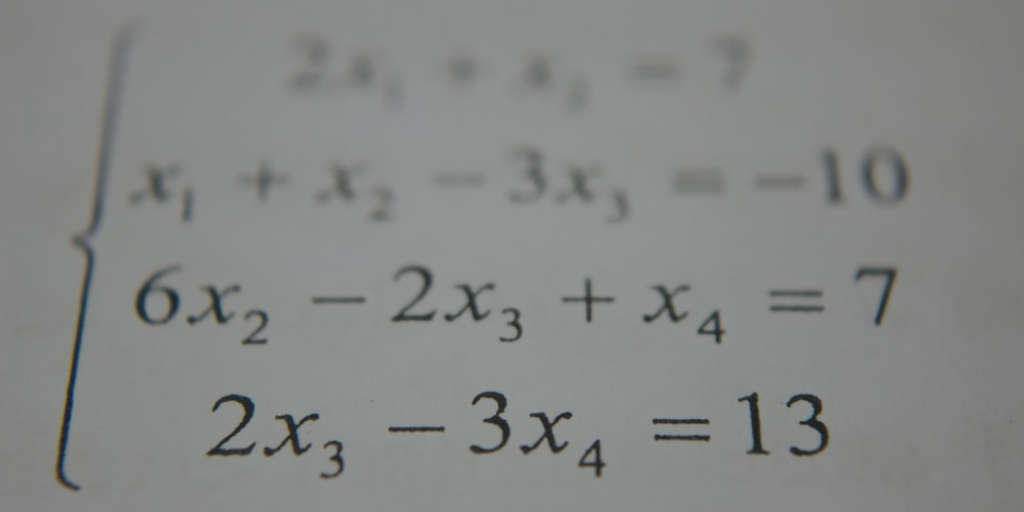Initiating a Mathematics Learning Community in a Small Space
Sarah Farrar, Instructional Coach K-8, DSBN Accademy, District School Board of Niagara.
Our Grade 6-8 school, the DSBN Academy, strives to build mathematics learning communities in each class that value and nurture critical thinking and collaboration. At the start of last school year, a new Grade 7 teacher and I chatted about how we could create a classroom space that could shout, “We are a learning community!” to anyone that walked in, as well as supporting the kind of face-to-face interactions needed for meaningful collaboration.
We faced an immediate challenge: the small, square, windowless classroom space limited both student movement and usable wall surfaces. The room has two prefabricated walls that are occasionally opened between the adjoining classrooms. These wall surfaces—the only bare walls available for displaying anything at student height—need to be cleared quickly and can’t be blocked by tables. How could we incorporate these wall spaces into the learning environment in a flexible, appealing way?

Using Wipebooks Becomes a Structure Underlying Our Math Lessons
We realized that Wipebooks presented an excellent solution. Clipped by magnets, they stay in place as long as needed and are easily relocated. We posted 10 individual Wipebooks around the room at student height, five on each pre-fab wall.
 |
We then discovered that our new “Wipebook learning walls” created VNPS opportunities for student discourse and visible thinking during math. We began to structure lessons that depended on the Wipebooks in the following ways:
The Power of Using Wipebooks for Strategy Games
We found our next “teacher moves” in math class were augmented by using the Wipebooks too, including:
The Grade 7 teacher discovered particularly how rich Wipebooks could make a game-playing experience. As students recorded their game moves and scores, we could easily trade partners mid-way through the game to encourage sense-making about strategy and have fun trying to “rescue” a teammate who was losing or stuck.
 |
Wipebooks have become an essential element in our collaborative math classroom and we believe they were a pivotal part of initiating a viable math community in a tiny, inflexible space. Our favourite--and originally unanticipated--outcome is how Wipebooks have opened up strategy games as a meaningful, engaging problem solving lesson experience.
You May Also Like:
- Staff Collaboration and Goal Setting with Wipebook Flipcharts
- Leading By Example in the Library Learning Commons
- Creating Engaging Learning Opportunities at Home with Wipebook Flipcharts
Some more gear to help you build your thinking classroom
